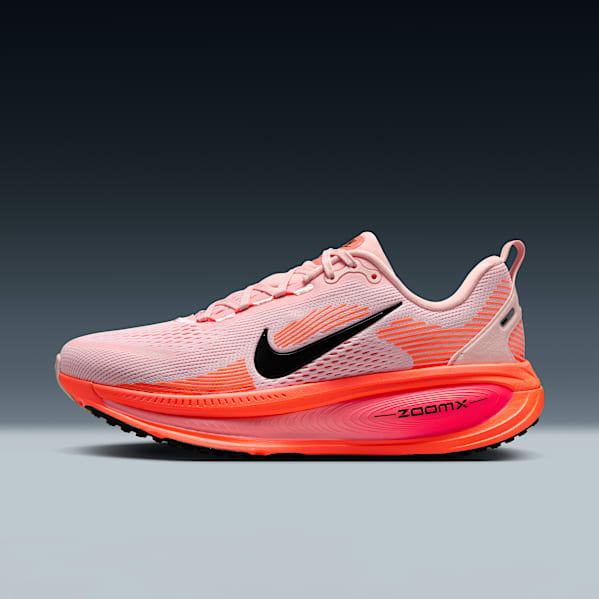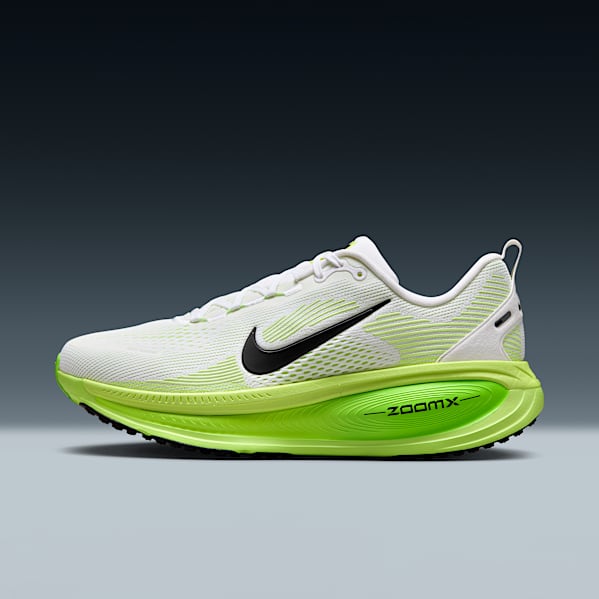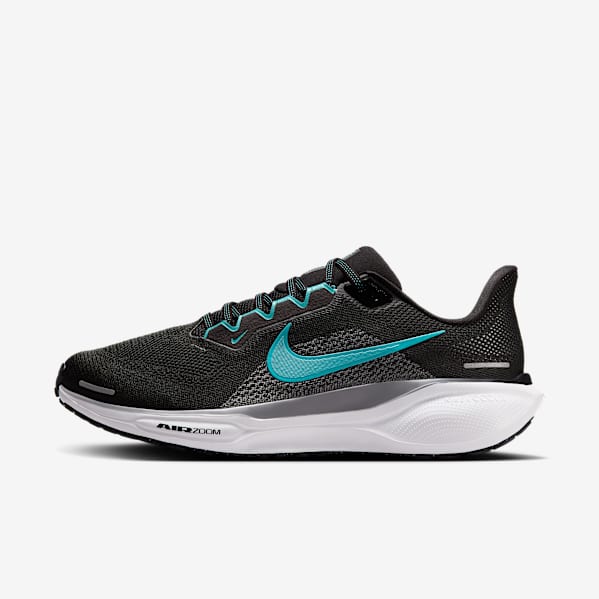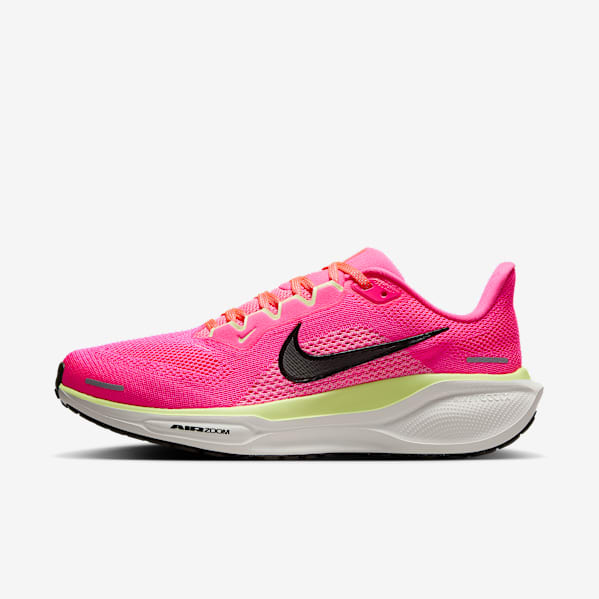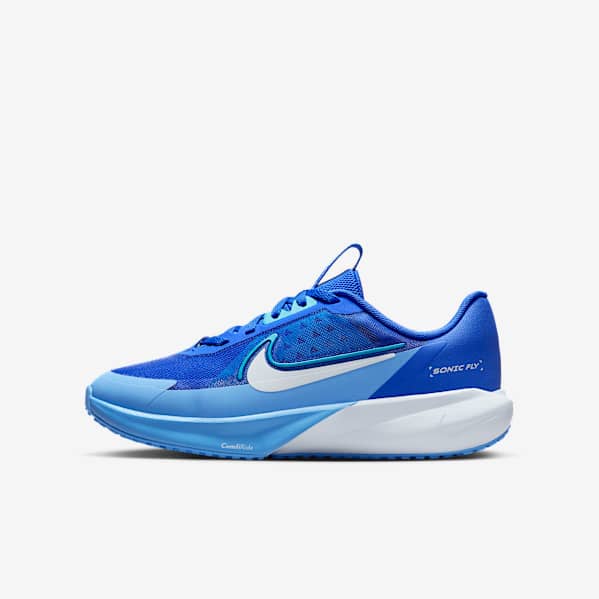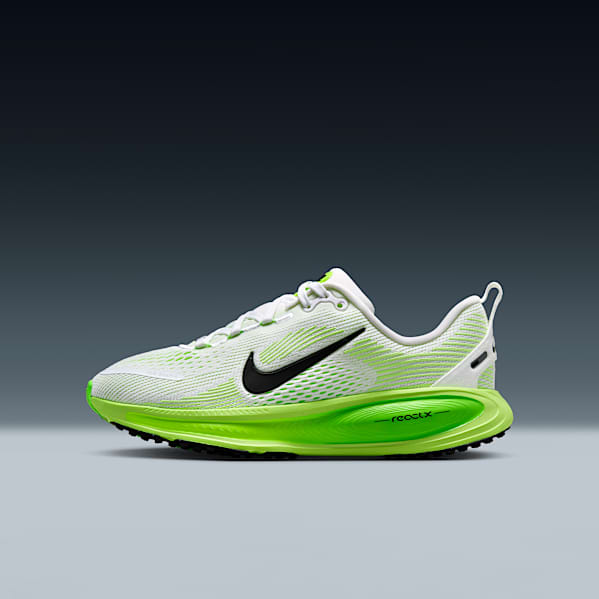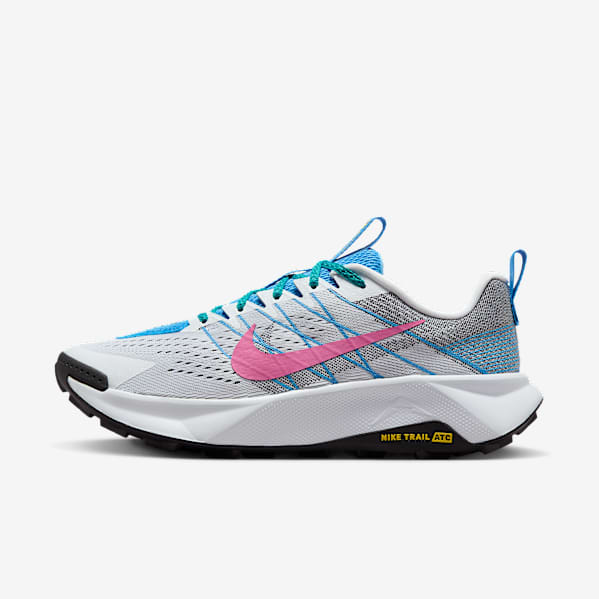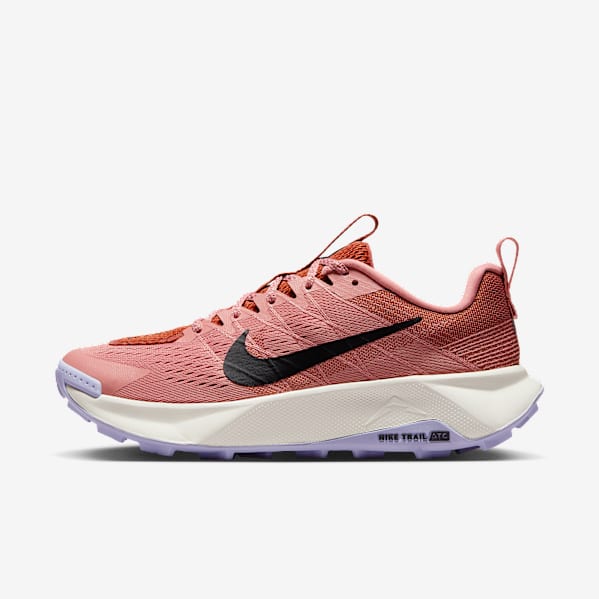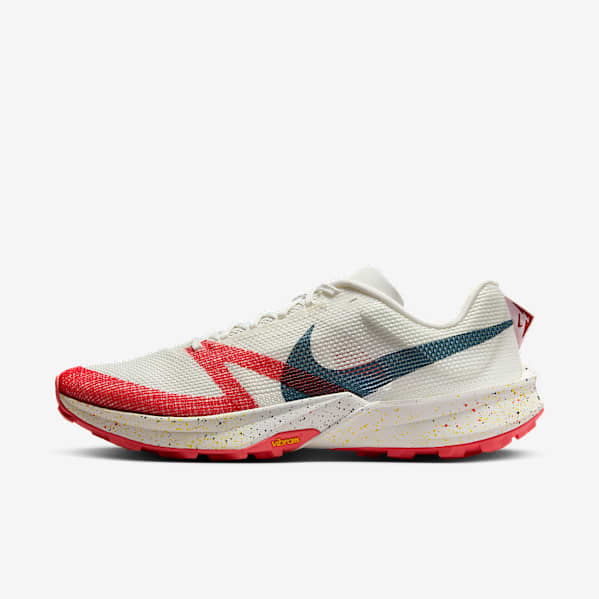Nike’s Most Comfortable and Supportive Shoes for Heel Strike Runners
Buying Guide
A shoe that’s built for your running style can provide more comfort and support. These are Nike’s best running shoes for heel strikers.
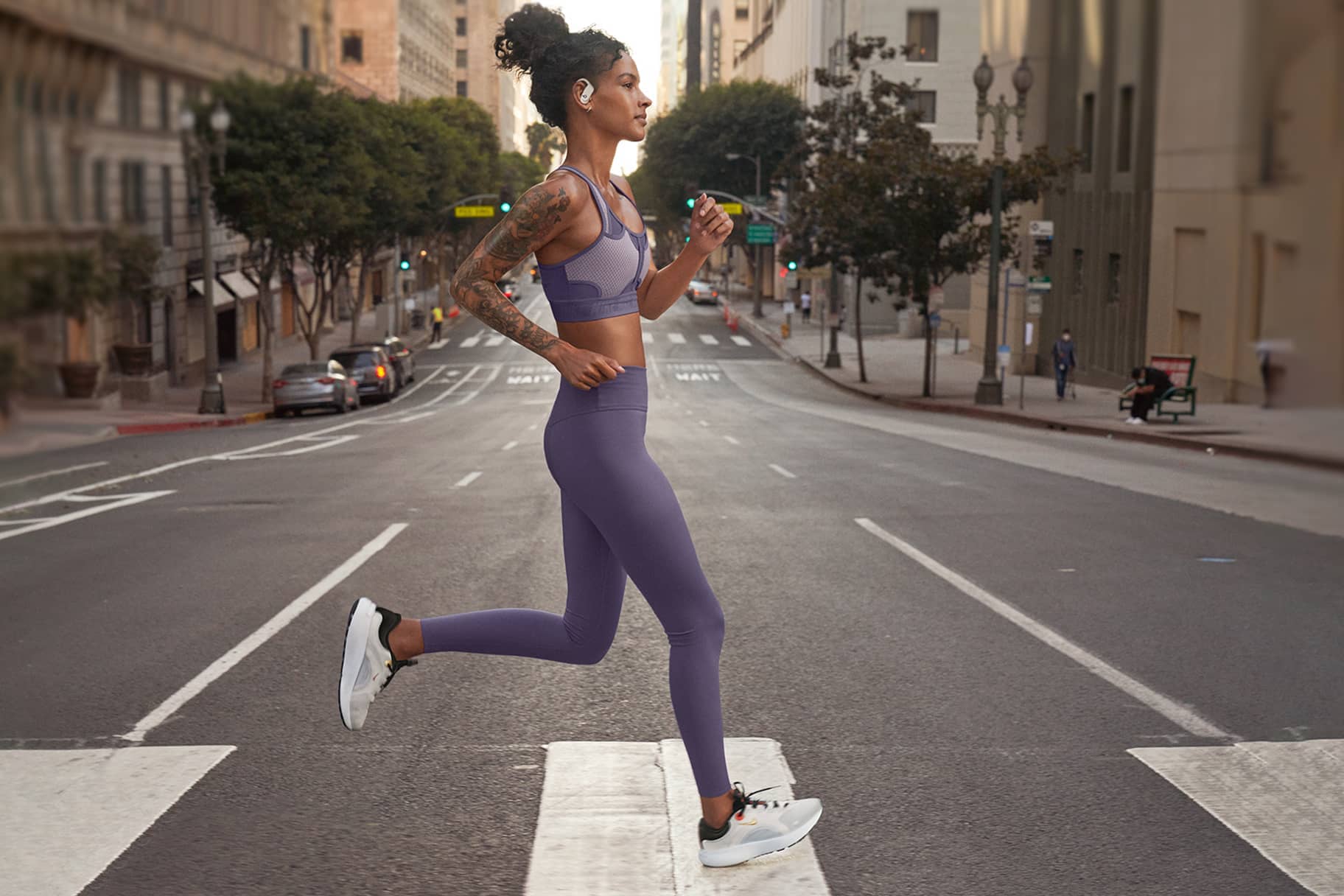
Everyone’s running style looks a little different — whether you strike with your heel, midfoot or forefoot, you’ll still reap the benefits of running. But athletes who understand their body’s unique needs when it comes to shoes and workout gear may have a better chance of reaching their goals comfortably and efficiently. A running shoe designed for your foot strike will help provide the support you need, mile after mile. Here’s what to look for in a heel strike running shoe, along with Nike’s best shoes for heel strikers.
Features of Heel Strike Running Shoes
- Midsole Cushioning: Runners with a heel foot strike need a responsive, cushioned midsole to absorb impact as they stride. Some heel strikers prefer an especially plush shoe, while others are more comfortable with moderate cushioning.
- High Heel-to-Toe Drop: Heel-to-toe drop is the difference between the height of the heel and the height of the forefoot. More cushioning in the heel will make for a softer landing, while ensuring the foot rolls properly when pushing off the ground. Minimalist or barefoot running shoes tend to encourage a midfoot strike or forefoot strike.
- Stable Rearfoot: Look for a shoe with a lot of support in the rearfoot. This will help you maintain a neutral gait and provide a stable landing.
- Beveled Heel: The outsole of a heel strike running shoe should have an angled curve or heel spring that allows the foot to hit the ground more gradually. That’s more comfortable than landing abruptly on a sharp edge.
Prioritizing Fit and Comfort
If you’re accustomed to striking with your heel, you may find that certain Nike running shoes are more comfortable than others. Here are our top picks for heel strikers.
Nike’s Best Running Shoes for Heel Strikers
1.Nike Pegasus and Pegasus Trail
Nike Air Zoom Pegasus styles are perfect for everyday runs. They offer a wider toe box and a seamed upper for better fit, and they’re built with Nike React foam, which is lightweight, durable, and responsive. There’s also a Zoom Air unit in the forefoot and midfoot webbing for a secure feel. The breathable upper keeps you cool and comfortable. Nike Air Zoom Pegasus Trail styles are built for running on rough terrain, with even more durable construction, better traction, and features such as a Gore-Tex waterproof upper. The 10mm heel drop and beveled edge heel make this shoe ideal for heel strikers.
2.Nike Vomero
These ultra-lightweight road running shoes have a stretchy and well-ventilated upper to keep you cool and an adjustable midfoot band for a customized fit. A Zoom Air unit under the forefoot combined with Nike ZoomX foam provides cushioning and energy return with every step. The stable clip at the heel provides rearfoot support when you land, while an angled bevel and 10mm heel drop make for comfortable heel strike running.
3.Nike React Infinity Run
Nike React Infinity Run shoes are great heel striker shoes, with about a 9mm heel offset, molding around the heel for support, a beveled edge heel, and Nike React foam for cushioned and springy ride. These come in both laceless and lace-up styles, each with a breathable Flyknit upper. The no-sew knit design is designed to provide support where you need it most, while also delivering a sock-like feel. A cushioned collar keeps you cozy and a rubber outsole provides traction and durability. What’s more, Infinity Run sneakers are available in a variety of hues, including customizable styles.
Frequently Asked Questions
Is It Bad to Run with a Heel Strike?
Not necessarily. Heel strikers have a greater injury risk to the knees, according to a 2013 study published in Medicine and Science in Sports and Exercise. But running with a midfoot or forefoot strike increases the load on the Achilles tendon, which makes injury of the tendon more likely, a 2017 study in the American Journal of Sports Medicine found. And while a small 2012 study from Harvard University found that heel strikers were more likely to sustain repetitive stress injuries, there hasn’t been enough research to indicate a significant difference in injury rates between rearfoot strikers and non-heel strikers — they are just potentially prone to different types of injuries.
Does Striking Heel-First Slow You Down?
A systematic review of the literature found that foot strike patterns have no impact on running speed or efficiency.
Can You Fix a Heel Strike?
You can encourage a midfoot or forefoot strike by wearing barefoot running shoes, but know that it’s unlikely to improve your performance or reduce your risk of injury. It’s more important to focus on where your foot hits the ground in relation to your hips if you want to improve your running form. Rather than over-striding and striking the ground in front of you, which can put pressure on your joints and slow you down, land with your foot directly underneath your hips.
